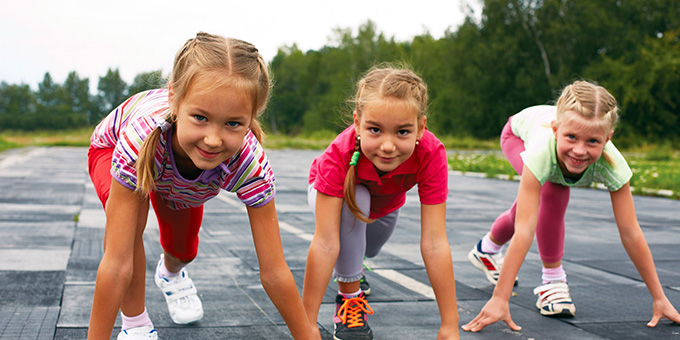
The main purpose of sport during the early formative stages, whether at school or in sports clubs, should be to contribute to the comprehensive education of young people through their practice and learning. For this, it is essential to flee from traditional approaches more typical of adult sports, and bet on a teaching linked to educational values.
To achieve this difficult task, there are several pedagogical and methodological principles to be met:
- Defend the specificity of the sports initiation stage, with its own characteristics that give it its true educational and sports meaning. This means, among other issues, that sport must be adapted to all young people, allowing the most skilled and less skilled to participate, demanding each according to their possibilities.
- Understanding initiation as a stage that, in addition to being part of the athlete’s general training process, has an end in itself due to its importance and the impact it has on the educational and sporting development of young players. Every guy and girl should enjoy every day in their training sessions, without thinking too much about the long term. That will come, and it will depend on many factors that will be taken into account when the time comes.
- It is necessary to state that the teaching of sport from this new perspective must be conceived from the perspective of training and not of short-term performance. The challenge is for them to feel valued and capable, and for sport to improve the physical and mental health of all participants.
In this sense, the main objectives should be educational, the importance should be focused on the process, and early specialization should be avoided. From the didactic point of view, this process will be approached from active and inquiry methods where the students will be the true protagonists.
New sports models
This more educational and humanistic critical vision of sport during school age requires the design of new specific sports models adapted to the needs and interests of young practitioners.
A recently published work synthesizes, based on current scientific evidence, the characteristics that a grassroots sport model should include: modification of the regulations, active participation of young people, perception of efficacy, variability, fun, school for families, specific program of values, long-term training, or promoting healthy lifestyle habits.
To compete or not to compete
Of all the aspects that must be taken into account in this process of training young athletes, competition is, from an educational point of view, the most controversial element of all.
Although it can have important positive values when it is well used (fun, learning, tolerance, camaraderie…), it can also have numerous counter-values that should be avoided (violence, overtraining, intolerance, anxiety…)
Competition can be an essential part of practicing sports, but in the school environment it should be modified and adapted to the age and level of the players, keeping in mind the educational goals that we intend to achieve. The competition, at this stage, should always be used as an important element of teaching and also, of course, motivation and fun.
In this line, it can be used in training, designing tasks that simulate real situations of reduced competition for learning the different technical and tactical contents. The competitive element will also be used in the different activities to favor the motivation of the boys and girls.
On the other hand, the official competition in which you participate, if it is the case, must be considered with specific educational characteristics (make the results less important, analyze improvements in certain areas, plan the homogeneous participation of the players, etc.) , and it must also be programmed in such a way that the players gradually join the competition.
For example, in the first year of training, consider only friendly matches in which the number of matches, participation, rules, results and classification, etc., are scheduled in a different way. From the second year of training, official matches with more standardized regulations can be included.
Evaluate progress and attitude
The training must be planned in an integral way, attending to the physical-motor and psycho-social fields of the players. For this, a different planning is necessary that takes into account sports skills, but also the physical condition related to health, the progressive learning of the rules, the development of educational values or the progressive incorporation of competition.
The methodology to carry out this planning must:
- Constantly seek maximum participation.
- Use playful strategies.
- Encourage creativity and make students think.
- Develop your physical condition in a healthy way.
- Collaborate and help the socialization process so important at these ages.
On the other hand, the evaluation should focus on the process that is carried out, and assess the attitude and progress, not the results.
In short, that in each training session, all the boys and girls learn while having fun and developing educational values.
Author Bio: Francisco Javier Giménez Fuentes-Guerra is Professor Area of Didactics of Body Expression at the University of Huelva